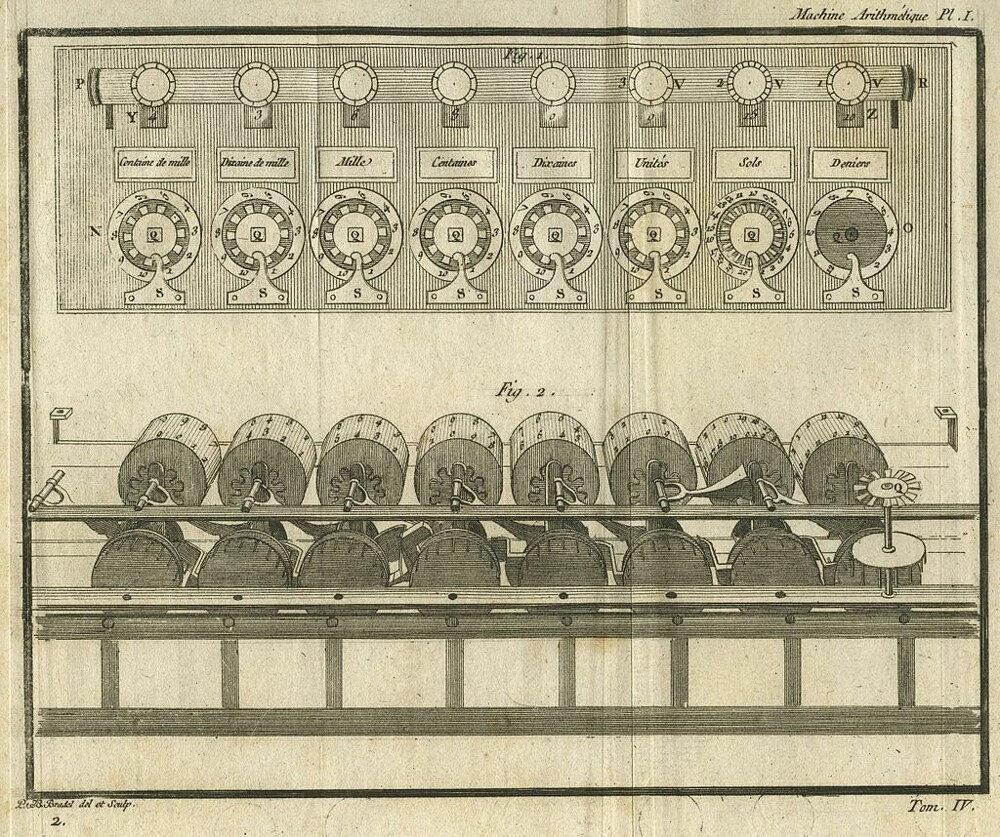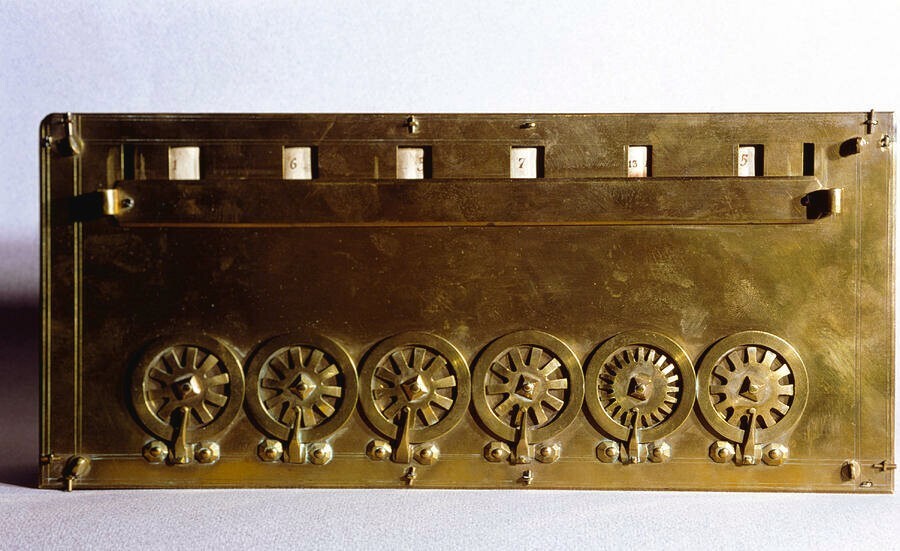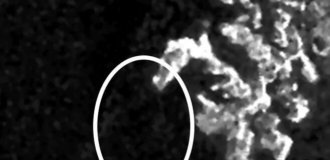Pascaline by Blaise Pascal - the first calculator from the 17th century (6 photos + 1 video)
Blaise Pascal is great not only because of his outstanding mind and brilliant talent. But also by the fact that sometimes he embarked on adventures that everyone else considered it an eccentricity. As a result, for example, the first arithmetic adding machine, known to us as "Pascaline". 
Pascaline signed by Pascal in 1652
To be fair, it should be said that in fact the second, after Wilhelm Schickard's Counting Hours, but, again, because of justice, the first actually built and applied.
The birth of the calculating machine was facilitated by political and personal circumstances. Blaise's father, due to the actions of the government, was almost bankrupt, and his further activities could lead to accusations of treason. However, everything turned out relatively well, and even "loaded" with work with taxes. It was then that Blaise came up with the idea of a mechanism that performs part of the work of summing up tax collections, instead of constantly rewriting the amounts on the scoreboards. It was 1642 year, and Blaise was nineteen. 
Top view and overview of the entire mechanism
After a couple of years, many changes and new calculations and drawings, there was a concept of a mechanism that Pascal was able to assemble. The size of a shoe box, equipped with dials on top, wheels with teeth for counting and cut-out windows to show the resulting calculations. The first "Pascalina" had a "power" of five gears (in further their number increased to 6 (or 8), which allowed work with numbers up to 9999999). 
The device looked great. But ... the machine was only good at fold. And all because of the fact that Pascal, who designed the mechanism, made it possible for gears to rotate in only one direction. Tem no less - addition to nines, a well-known mathematical "trick" - allowed to read. 
The internal structure of the summing machine itself and today seems difficult: five (six to eight) axles, each with three gear wheels. The fourth "gear" connected the axle to the dial. Also, drums with numbers are fixed on each axis. When transferring "tens" ratchet nudged the adjacent cogwheel. Exactly these ratchets and did not allow the "gears" to rotate in the opposite direction - so say, the main technical drawback of the machine. 
Big "Pascalina" on eight gears
Despite all the imperfections, the counting "Pascalina" was enthusiastically received, because in fact, before it, such automatism is simply was not at all. Blaise Pascal later built about fifty similar machines and even sold about two dozen. Main inhibitory factors for widespread adoption were high cost and the complexity of production, as well as the fact that at that time the monetary system France was not close to decimal operations. (Calculations were made in livres, su and denier: in the livre there were 20 sous, in the sous - 12 denier). 
Only in 1799 did France switch to the metric system in cash settlements, but until the beginning of the 19th century, counting adding machines did not were able to break into a broader market.





















